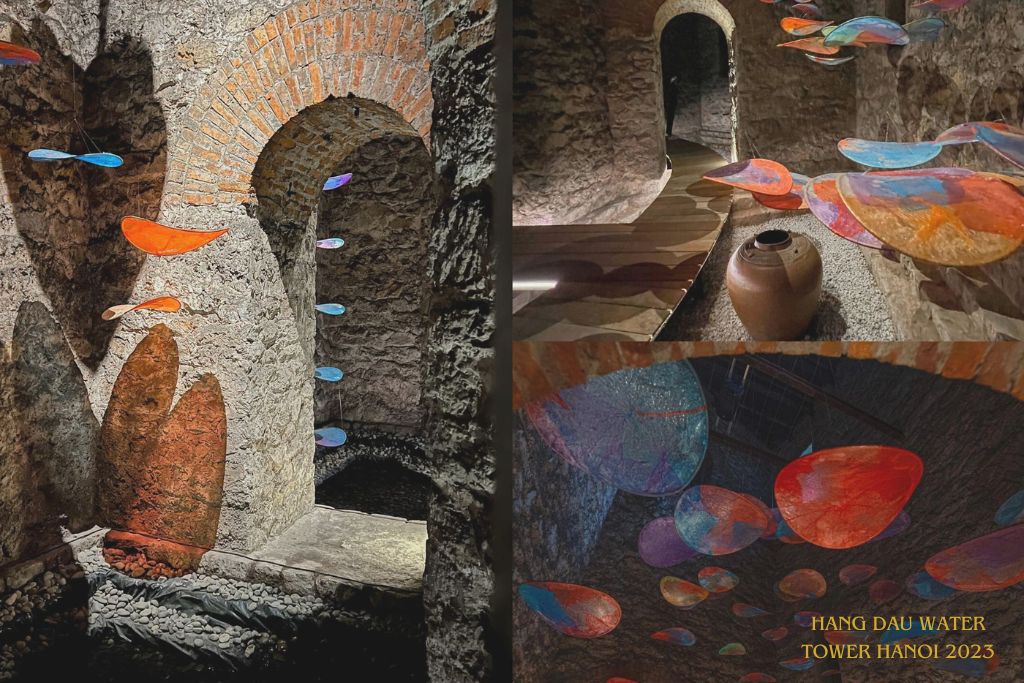Hang Dau Water Tower, often likened to the ancient Roman Colosseum, stands proudly in the heart of the capital city, robust and majestic. In March, this location transforms into a Korean film set, adorned with vibrant yellow leaves, attracting young visitors eager to capture the picturesque scenes.
Hang Dau Water Tower officially opens its doors to visitors.
Hang Dau Water Tower (Hanoi) will undergo renovation, exhibition organization, and open its doors to the public for visits from November 17 to December 31, 2023.
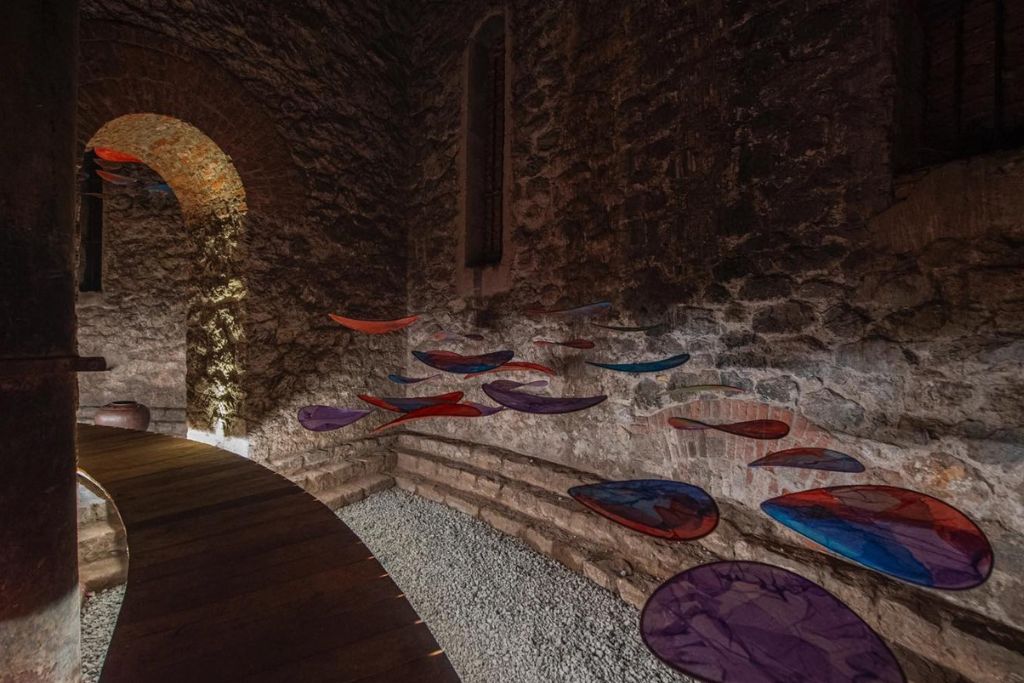
Where is Hang Dau Water Tower?
Hang Dau Water Tower is situated in Dong Xuan Ward, Hoan Kiem District, Hanoi. It was originally part of Phuc Lam village (later changed to Tả Túc commune and then Phuc Lam commune) and Nghia Lap village (later part of Hau Tuc commune and then Dong Xuan commune), both belonging to Tho Xuong district. The street is only 272 meters long, connecting Tran Nhat Duat Street with Phan Dinh Phung Street and intersecting with other streets at Hang Dau Water Tower, including Hang Giay, Hang Than, Quan Thanh, and Hang Cot.
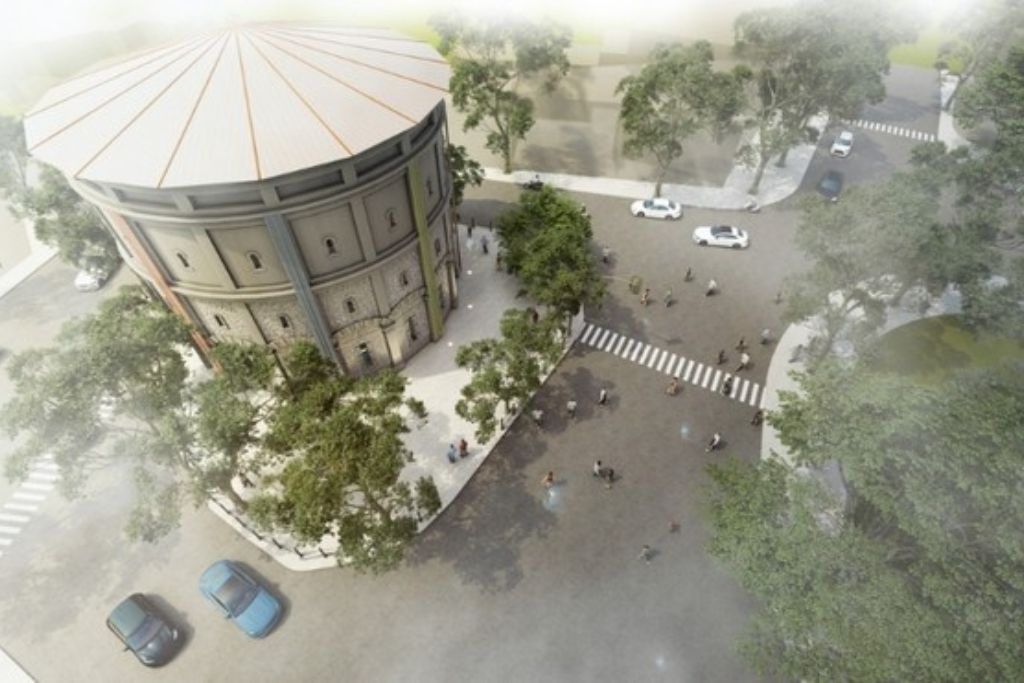
Hang Dau Water Tower is intersected by Nguyen Thiep Street and Hong Phuc Street. In the past, it was the location of Phuc Lam gate, commonly referred to as Hang Dau gate, one of the five gates of Thang Long – Hanoi. Later, during the French colonial period, it was demolished to build the Gach Slope bridge connecting to the Long Bien Bridge over the Red River.
Overview of Hang Dau Water Tower Hanoi
Hang Dau Water Tower is essentially an ancient water tower located at the intersection of Hang Dau Street. This unique architectural structure was built in the 19th century to store clean water for the city, bearing the French architectural influence.
Although it no longer serves its original purpose of water storage and supply, Hang Dau Water Tower stands as evidence of a bygone era, symbolizing the struggle for freedom and independence. It has become an iconic historical architectural landmark, a familiar image for tourists exploring the capital city of Hanoi.
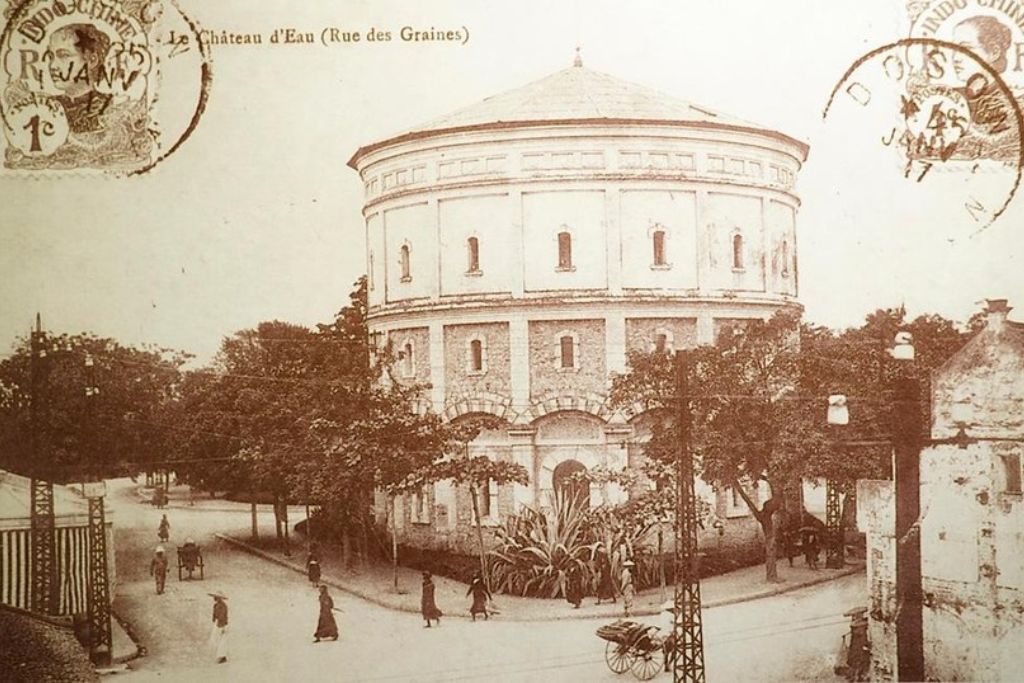
After nearly 130 years, this ancient water tower still stands firm, guarding the beloved capital. The colossal water tower with a capacity of 1,250m3 remains perched atop eight stone walls spaced evenly like a fan. The iron valves are still intact, covered with moss, testifying to its century-old history.
In the past, Hanoi residents used well water or water from the dense river and pond system surrounding the city. When the French took over the city, solid and essential structures were built to serve the French colonial administration and residents. Initially, these structures supplied water only to the French quarter. Despite enduring the bombings and wars over the years, Hang Dau Water Tower has remained remarkably preserved. Over time, it has become intertwined with the city’s transformations, a historical witness accompanying the years, cherished by the people like the ancient streets.
Formerly, the water tower had valves to control water distribution according to the authorities’ intentions. When the French established a protective regime, Hanoi seemed divided into two zones: “Western Quarter” and “our quarter.” To prevent water from flowing to the Vietnamese quarter, they would close the valve in that direction, keeping it open for the “Western Quarter” where the French resided.
By 1960, when the Yen Phu Water Plant was upgraded, the water tower’s primary function ceased. However, the underground pipes still remain part of the city’s water transmission system. Later, the water tower was left “abandoned” for a long time, becoming a forgotten heritage in the heart of Hanoi. People erected stalls around it, and management even had to seal the last windows to prevent littering and urination inside.
Hang Dau Water Tower was constructed as solid as a fortress with thick stone walls and a sturdy column system. The French, known for their “romantic” architectural style, applied this style meticulously, from the arched doors to the tower’s windows. Classical columns, decorative iron door patterns, tiered rolling lines, and intertwined geometric shapes all contribute to the tower’s majestic and imposing appearance.
Hang Dau Water Tower – New places to visit in 2023
Located at a distinctive position at the beginning of the Old Quarter, Hang Dau Water Tower serves as a central point, where six roads intersect: Hang Than, Hang Cot, Hang Giay, Hang Dau, Quan Thanh, and Phan Dinh Phung. The water tower stands steadfast, resembling a formidable fortress. It was constructed in 1894, predating the historical Long Bien Bridge.
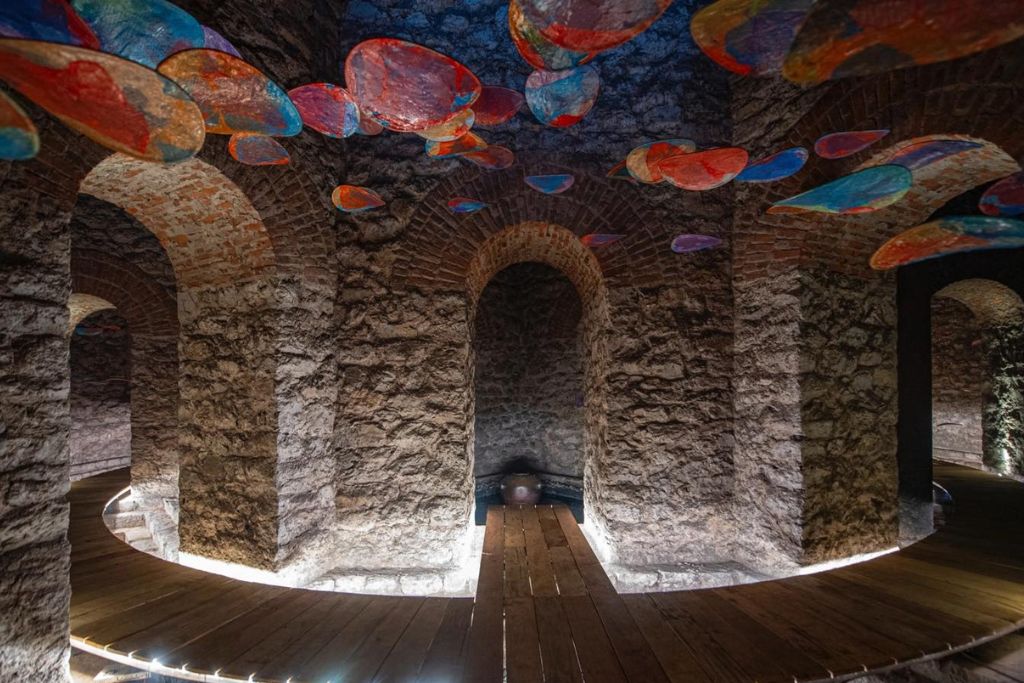
After years of being nearly forgotten, Hang Dau Water Tower is set to become a cultural space open to the public and visitors on November 17, 2023. The Pavilion exhibition, “Water Arrangement and the Heritage of Hang Dau Water Tower,” offers an artistic experience using recycled materials and a water sound arrangement system. Information about Hang Dau Water Tower has garnered significant attention on social media platforms, indicating a growing interest among the current youth in historical values.
Hang Dau Water Tower is one of the two oldest water towers in Hanoi, preserving many historical memories of the capital. Recently, this hundred-year-old water tower has been prominently mentioned on social media platforms, attracting the attention of the younger generation.
Inside the current water tower, an exhibition on water arrangement and a lighting system is being showcased. The creative team had to experiment with various frequencies of water droplets while continuously adjusting the height levels to choose the right sound frequency for healing and soothing human emotions according to psychology. The selection of microphones and speakers to produce the most natural water sounds also posed challenges for the creators and construction units.
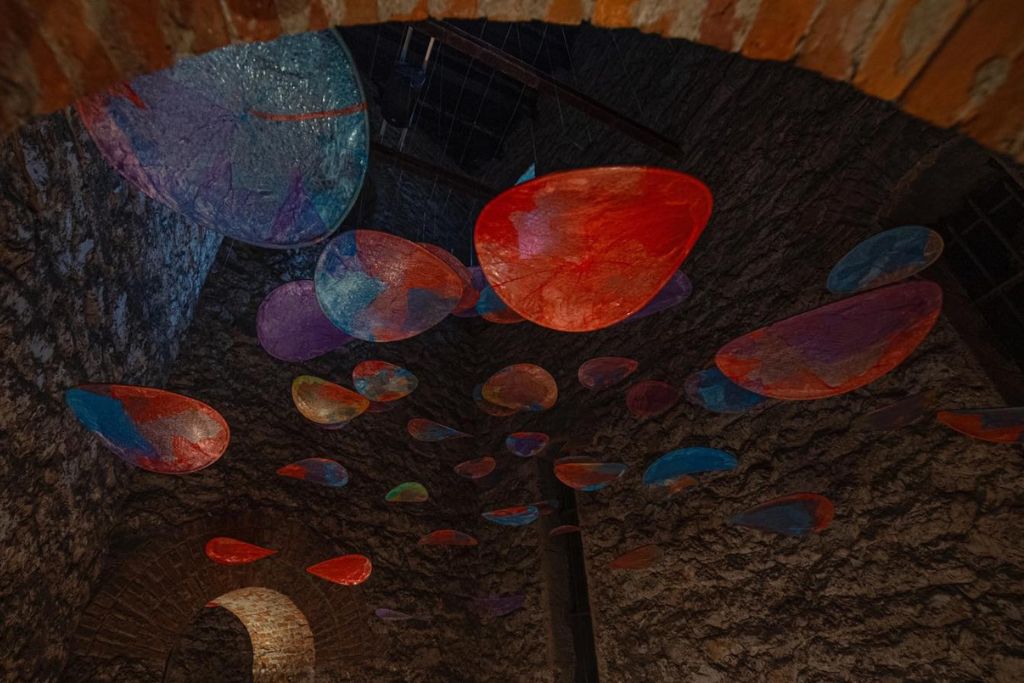
For the visual experience, the creative team utilized recycled materials from urban waste to create floating, colorful plates with vibrant hues in the pavilion. This is a meaningful point that the design team wants to convey, emphasizing the impact of urbanization on the natural environment.
